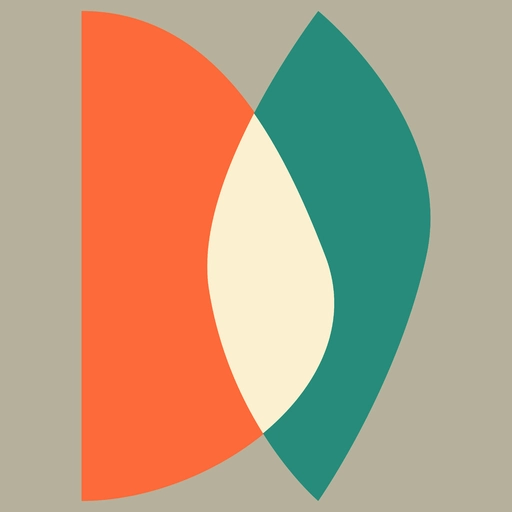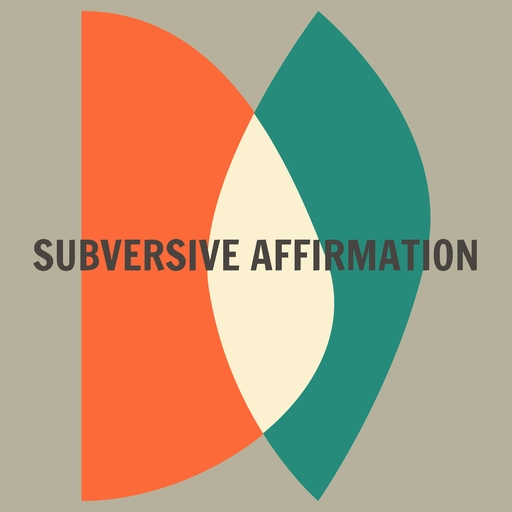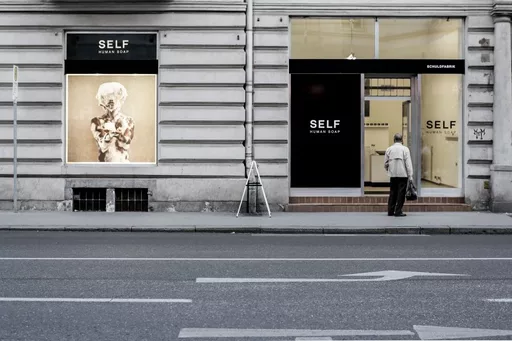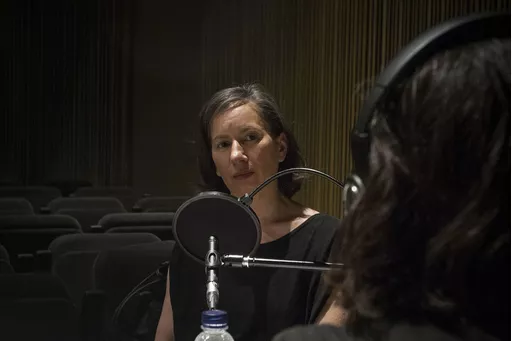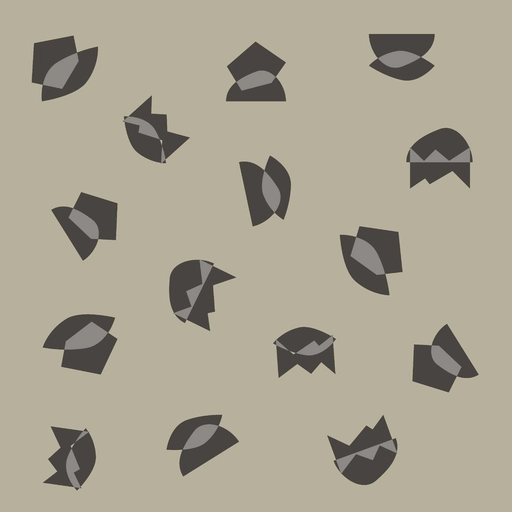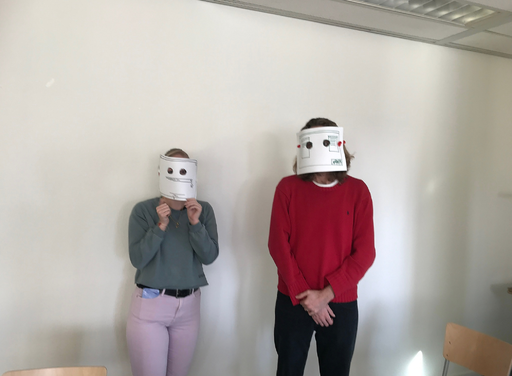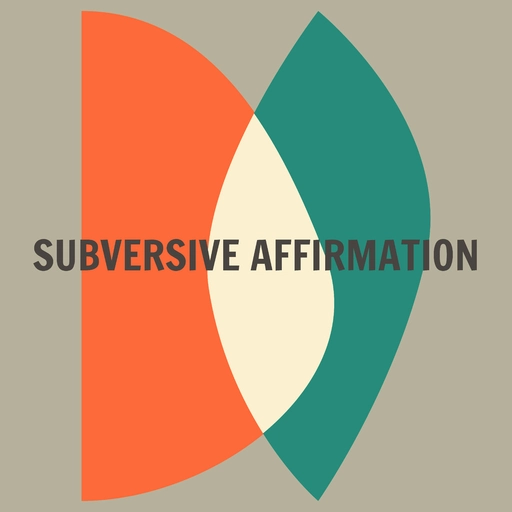Some questions to reflect on and/or to discuss:
How do you react to the statement that we are all responsible, and that it is thus impossible to be an outsider?
How and to what extent do you see the neoliberal ideology reflected in your own work, be it study, artistic or educational practice? How do you experience that, and how do you react to it?
And what about the ubiquity of a media society or the ecological crisis we are in? How does it affect your work, and your experiences?
What would you seek to escape from?
And how you could play with it, using subversive affirmation?
